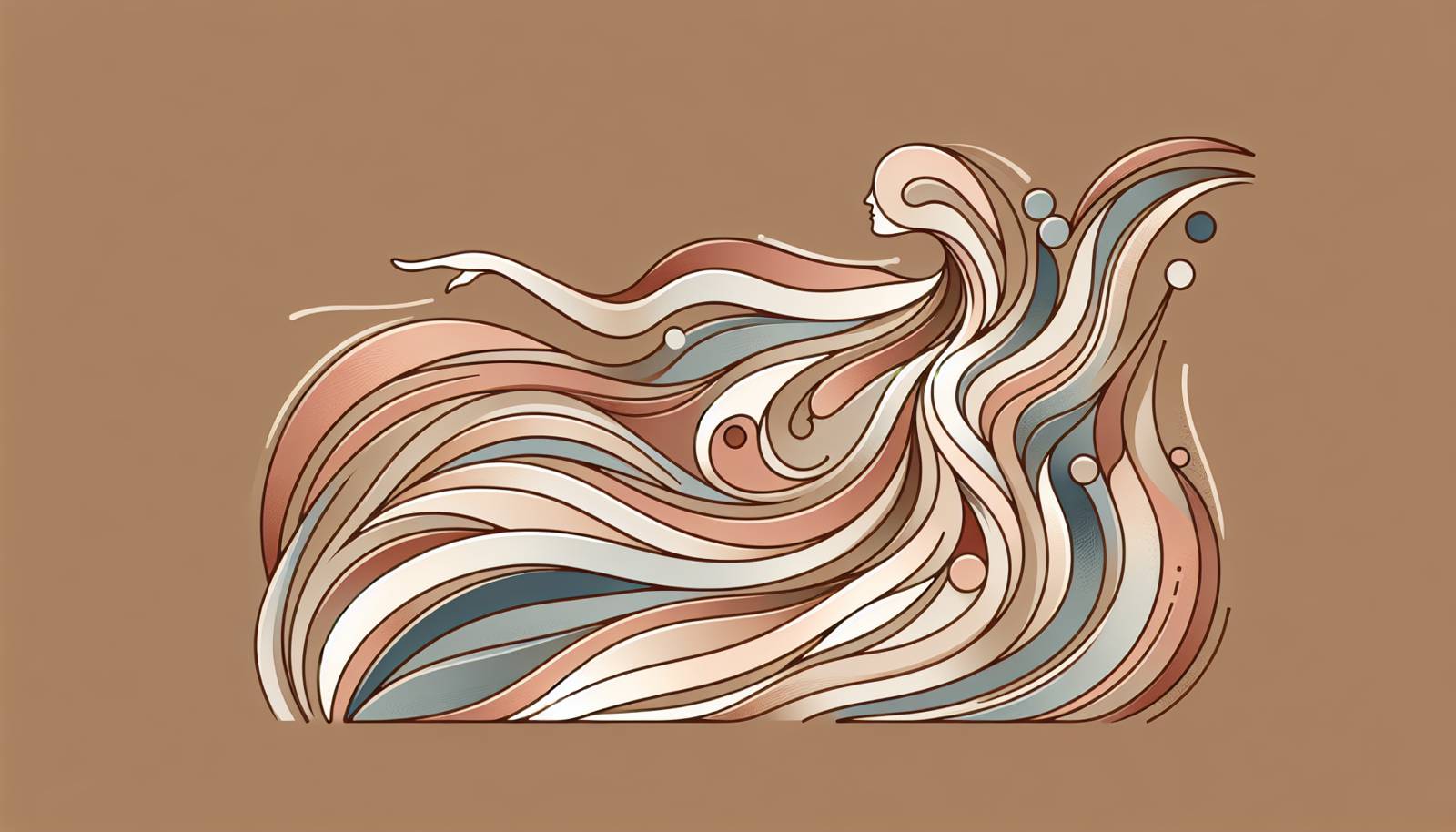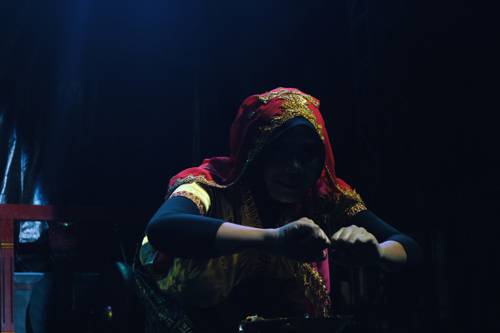
FAQ About The Evolution of Folk Dance in Contemporary Culture

What is folk dance?
Folk dance refers to traditional dances that have been passed down through generations within a specific culture or community. These dances often reflect the cultural life of the region, representing its history, stories, and social functions. They are typically performed during celebrations, festivals, and social gatherings, embodying the collective heritage and traditions of the people.

How has folk dance evolved over time?
Folk dance has evolved significantly over time as it adapts to changes in society, cultural influences, and artistic innovation. Initially passed down through oral tradition, many folk dances have been formalized and documented, allowing for broader dissemination and preservation. In contemporary culture, folk dances are often blended with modern dance styles, leading to new interpretations and performances that reflect current trends while maintaining traditional roots.

What are some examples of folk dances that have influenced contemporary culture?
Examples of folk dances that have significantly influenced contemporary culture include flamenco from Spain, Irish stepdance, and Indian classical dances like Bharatanatyam. These dances have inspired modern choreographers and have been incorporated into various performances, stage shows, and even mainstream media, contributing to the fusion of traditional and contemporary dance forms.

Why do contemporary choreographers incorporate folk dance elements into their work?
Contemporary choreographers incorporate folk dance elements into their work to pay homage to cultural traditions, explore the rich heritage of dance, and bring innovation to their choreography. By integrating these elements, they can create unique and dynamic performances that resonate with diverse audiences and bridge the gap between the past and present, showcasing the versatility and timeless appeal of folk dance.

What are the benefits of preserving traditional folk dances?
Preserving traditional folk dances is vital for maintaining cultural heritage and identity. It allows communities to connect with their history, fosters social cohesion, and provides a sense of belonging. Furthermore, these dances contribute to cultural diversity, offering educational insights and creative inspiration for artists around the world. Preservation efforts can also boost tourism and community pride.

How are modern technology and media influencing the evolution of folk dance?
Modern technology and media have significantly impacted the evolution of folk dance by increasing accessibility and visibility. Digital platforms allow for the sharing and learning of folk dances across the globe, while online tutorials and videos make it easy for enthusiasts to master and reinterpret traditional movements. Additionally, media exposure can lead to collaborations between folk and contemporary artists, spurring innovation and new dance expressions.

Can you give an example of a contemporary dance performance influenced by folk dance?
One notable example is the Riverdance, which combines traditional Irish folk dance with modern stage production elements. It has gained international acclaim for its energetic performances and has popularized Irish dance worldwide. The success of Riverdance demonstrates how folk dance can be innovatively adapted to contemporary settings, attracting diverse audiences while highlighting cultural heritage.

In what ways can traditional folk dance be incorporated into educational programs?
Traditional folk dance can be integrated into educational programs through dance classes, workshops, and cultural festivals. Schools can use folk dance to teach students about cultural history, diversity, and the arts, offering a holistic learning experience. Additionally, participatory activities such as community dance events can engage students in active learning, promoting physical fitness and cultural awareness simultaneously.

How does the global nature of contemporary culture affect the evolution of folk dance?
The global nature of contemporary culture facilitates the exchange and fusion of dance styles, allowing folk dances to evolve as they interact with new cultural influences. This cross-cultural interaction leads to innovative interpretations and adaptations, making folk dances more relevant to diverse audiences. However, it also poses challenges in maintaining the authenticity and traditional aspects of these dances as they are continually reimagined.

Are there any controversies associated with the evolution of folk dance in contemporary culture?
Controversies can arise when traditional folk dances are altered significantly, raising concerns about cultural appropriation and loss of authenticity. Some purists believe that changes can dilute the original significance and meaning of a dance. Therefore, it's important for contemporary artists to respect and acknowledge the cultural origins of the dances they draw from, maintaining a balance between innovation and tradition.

What role do cultural festivals play in the evolution of folk dance?
Cultural festivals provide a platform for showcasing and preserving folk dances, enabling communities to celebrate their heritage. They encourage performers to innovate by blending traditional and contemporary elements, thereby keeping the dances vibrant and relevant. These festivals also promote cultural exchange and understanding, influencing how folk dances are perceived and performed in different contexts globally.

How do folk dances maintain their cultural significance despite modernization?
Folk dances maintain their cultural significance by continuously adapting while retaining core elements that reflect their origins. Even as modern influences are incorporated, the essence, themes, and stories embedded in the traditional dance remain central. Community involvement in dance performances and educational initiatives helps preserve these cultural narratives for future generations, ensuring their enduring relevance.

What are some misconceptions about folk dance in contemporary culture?
A common misconception is that folk dance is outdated or irrelevant in today's fast-paced world. In reality, folk dance continues to be a dynamic aspect of cultural expression, influencing contemporary art forms and fostering cultural exchange. Another misconception is that folk dance is homogenous, when in fact, it encompasses a wide variety of styles and traditions, each with its unique origins and characteristics.

How do folk dances differ across various cultures?
Folk dances differ across cultures in their movements, music, costumes, and historical contexts. Each dance often reflects the environmental, social, and historical influences of its origin. For instance, African folk dances might emphasize rhythmic movements and storytelling, while European folk dances might focus on specific formations and group interactions. Understanding these differences enriches appreciation and ensures accurate representation of diverse cultural practices.

What is the impact of globalization on local folk dances?
Globalization can both positively and negatively impact local folk dances. On the one hand, it promotes the spread and appreciation of these dances across the globe, often leading to increased interest and preservation efforts. On the other hand, globalization risks homogenizing unique cultural elements, potentially leading to the loss of distinct characteristics of local folk dances if not carefully managed.

Are there particular regions where folk dance has seen significant contemporary innovation?
Regions like Latin America, India, and Eastern Europe have witnessed significant contemporary innovation in folk dance. Choreographers in these areas often blend traditional dance with modern styles, creating vibrant new forms. For example, in Brazil, samba showcases innovation by continuously adapting and integrating with modern rhythms while retaining its traditional roots.

How are folk dances transmitted to future generations in contemporary settings?
Folk dances are transmitted through a combination of live instruction, workshops, cultural organizations, and digital media. Traditional methods like community gatherings and family teachings are complemented by technology, enabling broader dissemination and learning opportunities through online platforms and social media. This ensures that younger generations can access and engage with their cultural heritage, even in rapidly changing environments.

What challenges do communities face in preserving traditional folk dances?
Communities face challenges such as modernization, globalization, and urbanization which can lead to cultural erosion and loss of interest among younger generations. Additionally, insufficient funding and lack of institutional support can hinder preservation efforts. However, initiatives like cultural festivals, dedicated classes, and media exposure help overcome these challenges by revitalizing interest and providing platforms for cultural expression.

How can individuals learn more about the evolution and significance of folk dance?
Individuals interested in learning more about folk dance can attend dance workshops, cultural festivals, and performances, or join dance classes that focus on traditional styles. Online resources, such as documentaries and dedicated websites, provide valuable insights into the history and evolution of folk dance. Additionally, reading academic research and engaging with cultural organizations devoted to dance can deepen one's understanding and appreciation.
